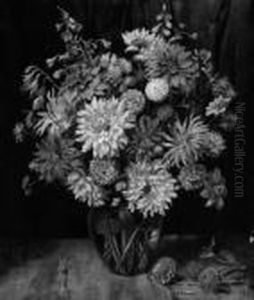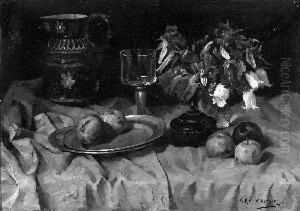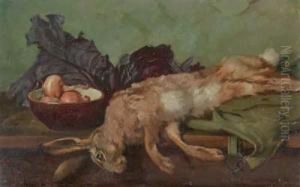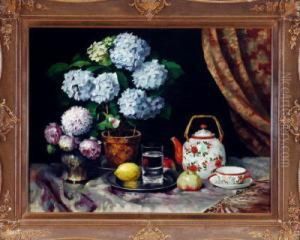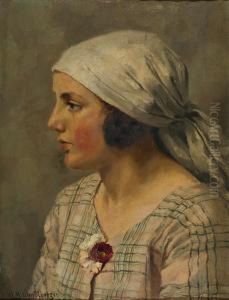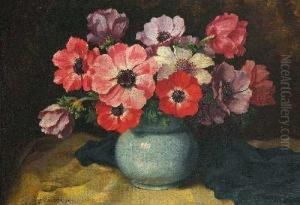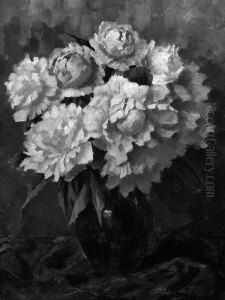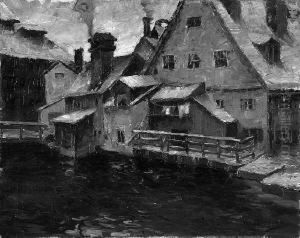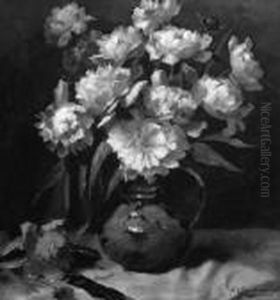Wenzel Hermann Wendlberger Paintings
Wenzel Hermann Wendlberger was an Austrian painter, primarily known for his portraits and historical subjects. Born in 1752 in Vienna, Austria, he lived during a period rich in artistic development, coinciding with the latter part of the Baroque period and the emergence of Neoclassicism. Wendlberger's work was influenced by these artistic movements, and he is often recognized for his ability to capture the character and essence of his subjects.
Wendlberger received his artistic training at the Academy of Fine Arts Vienna, which was a significant center for artistic learning at the time. He was a contemporary of other well-known Austrian artists, though he did not achieve the same level of fame as some of his peers. His work was appreciated for its clarity of form and attention to detail, characteristics that were highly valued in the Neoclassical aesthetic.
Despite his skills and training, Wendlberger's career was relatively short-lived. He died in 1797 at the age of 45. The exact circumstances of his death are not widely documented, which is the case with many aspects of his life. Due to the limited information available about Wendlberger's personal life and the relatively small body of work he left behind, he is not as well-known as some of his contemporaries.
The works that survive from Wendlberger's oeuvre primarily consist of portraits, a genre that was highly popular during his time. These paintings are notable for their refined technique and the way in which Wendlberger was able to convey the social status and personality of his sitters. While his historical subjects are less well-documented, they nevertheless contributed to his reputation as a skilled painter of his era.
Unfortunately, Wendlberger's legacy has been somewhat overshadowed by the larger figures of the period, and as such, he remains a lesser-known artist from the Austrian school of the late 18th century. Nonetheless, his contributions to the art of portraiture and his role in the Viennese art scene of his time ensure that he maintains a place in the annals of Austrian art history.
